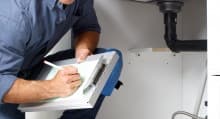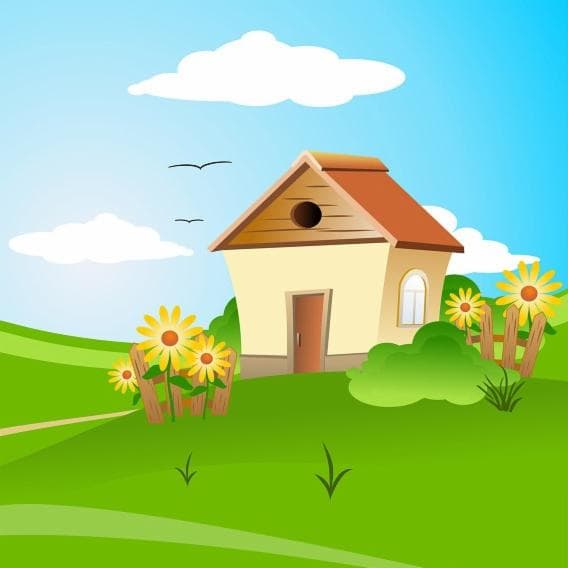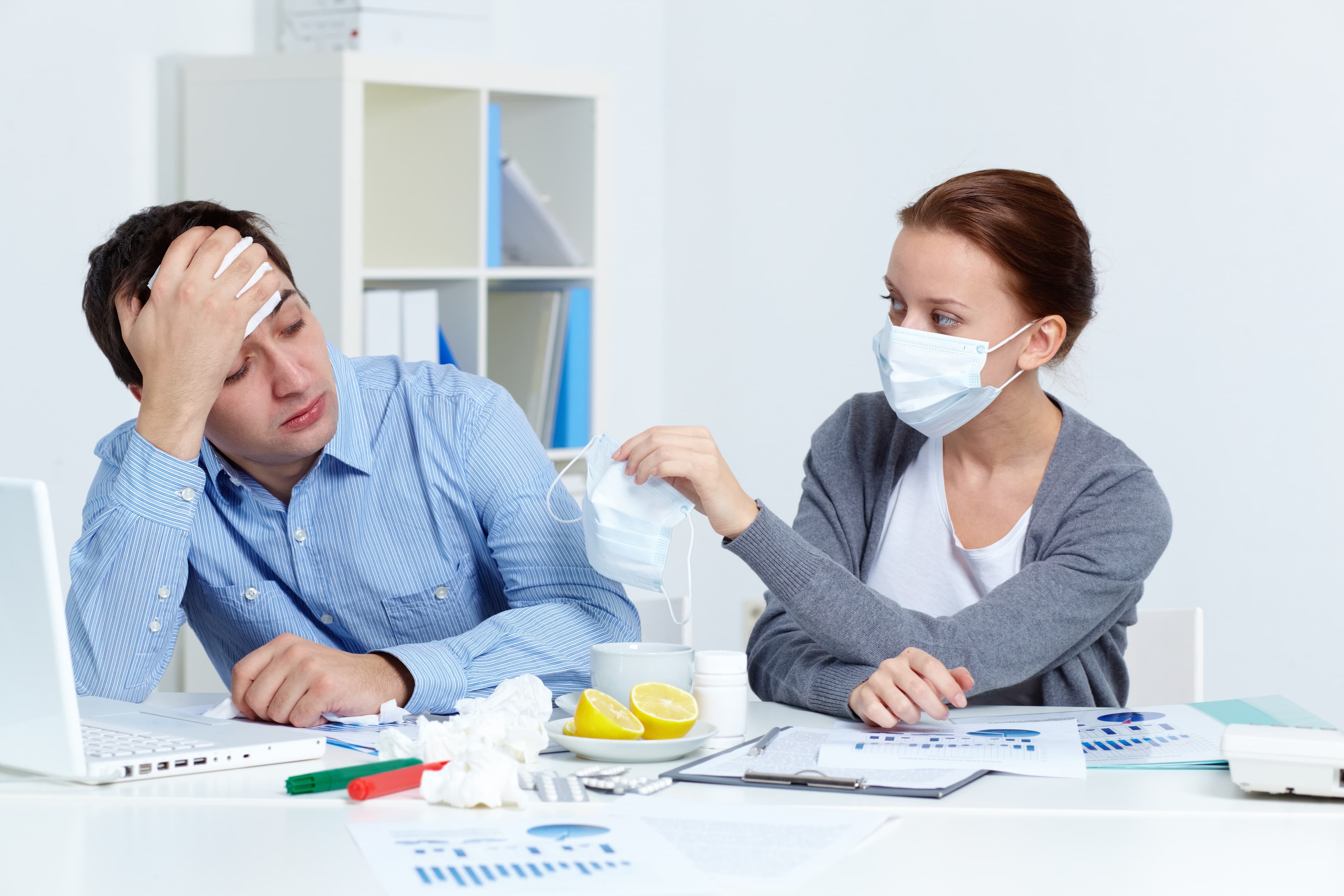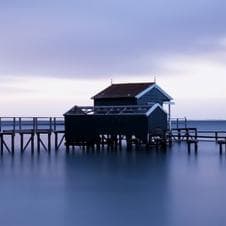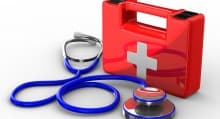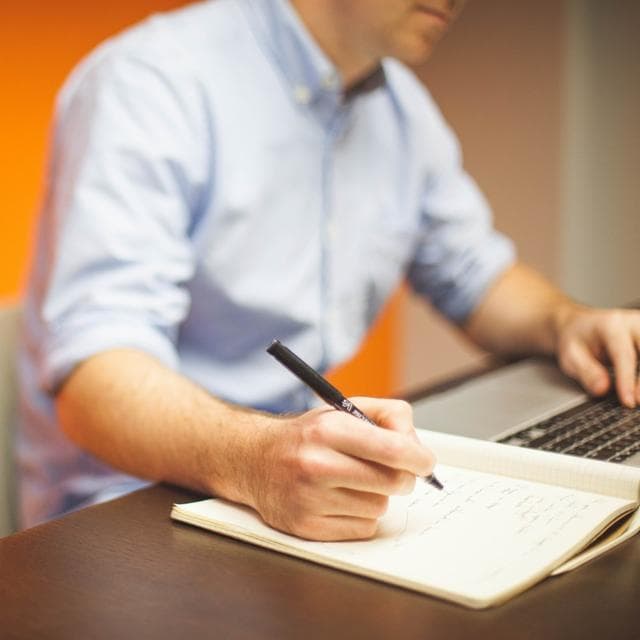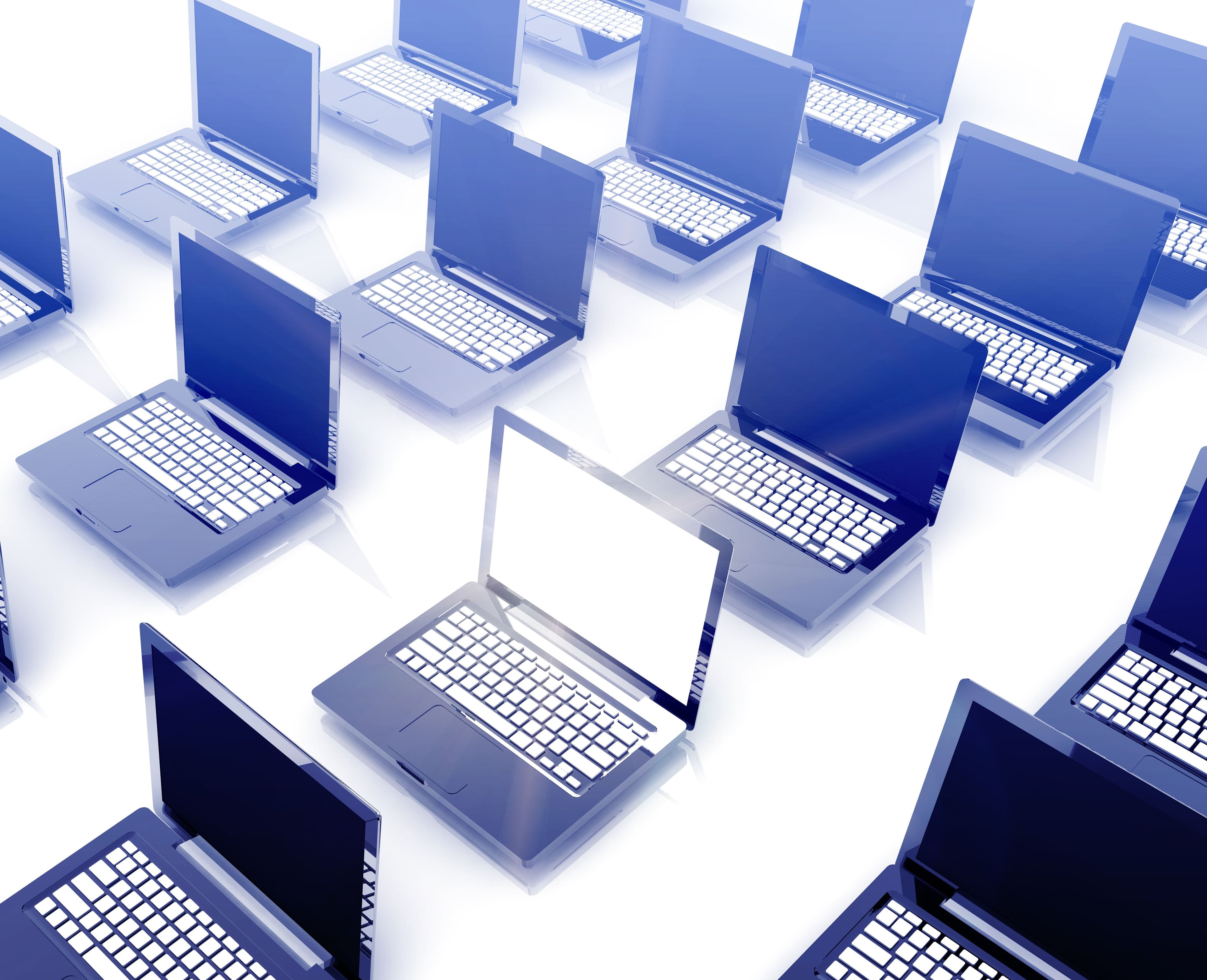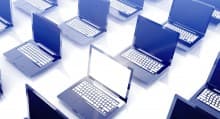Emergency Checklist
5 stars
Scores 4.70 with 150 votes
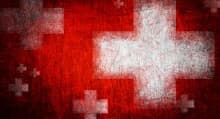
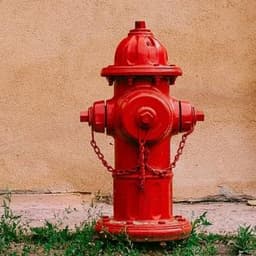
Introduction
Our Emergency Checklist is designed to help you prepare for any unforeseen situation, ensuring that you have all necessary supplies and information at hand. From medical supplies to communication tools, this template covers vital tasks that will keep you and your loved ones safe during emergencies. Start by clicking Save to customize the checklist using our Checklist App, which allows you to sync across devices and collaborate effectively with family or friends. Stay organized and be ready for anything life throws your way.
- Have an extensive kit complete with pressure bandages and pain medication available.
- Use a daily dosage pack to sort medications and replace monthly with fresh pills. Keep fresh insulin and diabetic supplies well stocked.
- Copies of your family's medical records should be in your kit as well as insurance information.
- All family members should know how to administer CPR. Check locally for classes.
- Have ten days worth of food and plenty of bottled water available.
- A large duffel with a warm change of clothing and a blanket for each family member should be kept ready.
- Designate a place in your home as the 'safest spot' to be - usually in a bathroom or central hallway with adequate support beams.
- If there is an infant in the house, ensure that you have all the needed supplies including diapers, wipes, formula and bottles (even if the baby is breastfed).
- Appropriate wrenches or other tools should be placed near turnoff valves. Flashlights with new batteries should be located around the house. Ones that plug into outlets are also good.
- Ensure that bleach and ammonia are stored in separate rooms - in case of structural collapse of a building the containers could break and leak - and the mixture forms a toxic gas.
- Always keep close to a full tank in your vehicle.
- Ensure that tires have good tread and are properly inflated. Keep snow chains accessible.
- This can hold a second set of emergency supplies as well as extra blankets.
- Keep a fully charged emergency only phone in your car or purse.
- Have at least one traditional phone - cordless ones won't work in a power outage.
- Have extra batteries available, and put a second unit in your vehicle.
- This should be laminated to waterproof it, and each family member should have a copy.
- Especially important in regions with severe storms, flooding, hurricanes or tornadoes.
- You don't know how important it is until you don't have any.
- Maxi pads and tampons should be sealed in a large plastic bag.
- Toothbrushes, toothpaste, and mouthwash, plus dental adhesive should be packed.
- Several bottles should be distributed through your kit.
- Photocopies should be packed in your emergency stash in case you are forced out of your home without your wallet or purse.
- Always have some cash in small bills a secure place, including plenty of quarters for phone calls for each person just in case.
Details
In case of an emergency, you need to have a game-plan. Whether the emergency means you are cut off from power and access to outside sources of food and water, or are being forced to leave your home due to fire or flood, there are essentials that you should already have assembled.
Tips
- Think ahead and have items such as insurance cards and medical information handy in case of injury or sudden illness.
- Always ensure that all prescriptions are kept filled in case you are unable to reach a pharmacy during an emergency.
- Emergency kits should be kept freshly stocked and labeled, and located in a place known to all members of the household.
- Copies of important documents should be kept off site, such as in a safe deposit box, or at least in a fireproof safe in the house.
- Make sure all adults know how to turn off the water, gas and electricity at main switches. (If natural gas is turned off, have a professional come turn it back on.)
- Make sure all children know how to dial 9-1-1 to get emergency assistance, and show them how to make long-distance telephone calls (Having an out of state contact in case of major emergency is a good plan - local telephone systems may be overloaded in case of local emergency.)
- Have a pre-arranged meeting place in case of separation, or if all family members are not home when an emergency occurs. Your family should have a clearly defined escape plan as well; in case of fire, a way to get out from upper stories should already be in place and fire drills rehearsed to ensure everyone knows how to get out safely.
- Conduct drills for natural disasters such as earthquake, hurricane or tornado. Keep blankets and slippers in a shed or car trunk in case you are forced out of your house at night in inclement weather.
Suggest Improvements
Rate this Checklist
5 stars
Scores 4.70 with 150 votes
